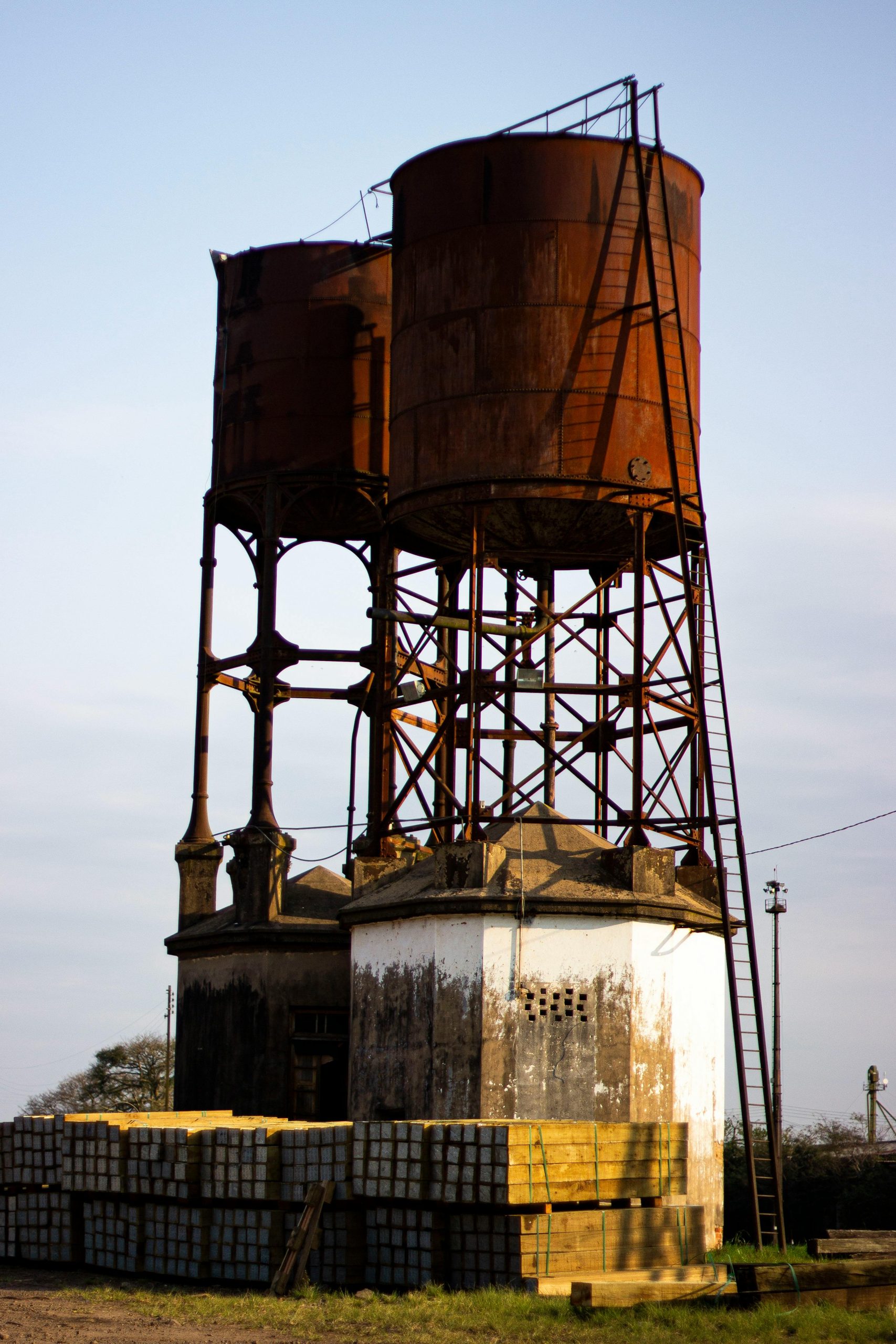Essential Insights for Beginners Using Local Development Environments: Navigating XAMPP, PHP, and MySQL
Recently, I experienced a pivotal learning moment that I believe many developers, especially newcomers, will find valuable. After upgrading my computer’s RAM from 16GB to 32GB, I encountered unexpected technical challenges, highlighting the importance of understanding your local development setup.
The Unexpected Disruption
Following the hardware upgrade, my system started experiencing frequent Blue Screen of Death (BSOD) errors and spontaneous restarts. My IT team recommended running several system scans and updates, including a comprehensive Windows upgrade via winget, system File Checker (sfc), and BIOS diagnostics. While these checks confirmed that the hardware and OS were functioning properly, the updates inadvertently affected my development environment—most notably, my XAMPP stack.
The update process resulted in the loss of all content within htdocs and the MySQL data directory. For anyone working locally, this can be a devastating setback—especially when important files and databases are wiped out. Rebuilding my databases from scratch was a cumbersome process, complicated further by errors like “table does not exist in the engine.”
The Realization: Rethinking Local Development Strategies
Despite the setback, I managed to restore critical components—such as my authentication tables—to regain access to my applications locally. However, this experience was a stark reminder of the fragility of relying solely on tools like XAMPP for local development, especially when updates can overwrite or corrupt your environment.
While Docker offers a more robust and scalable solution, I was limited by access constraints—gestated by our company’s server policies. My only tools were FTP and GitHub Actions, which, while sufficient for deployment, aren’t ideal for isolated development stacks.
A Practical Solution: Building a Custom Local Environment
Determined to create a more reliable setup, I took this opportunity to explore manually installing and configuring individual components: Apache, MySQL, and PHP. This approach allows for greater control, flexibility, and resilience against updates that could otherwise disrupt the environment.
The process involved:
- Installing specific PHP versions tailored to project requirements
- Separating project files (
htdocs) and database data (mysql/data) into distinct directories for easier management and backups - Ensuring environment stability by avoiding reliance on pre-packaged stacks like XAMPP
After several hours of troubleshooting and configuration, I successfully assembled a customized local environment that is both stable and adaptable.

